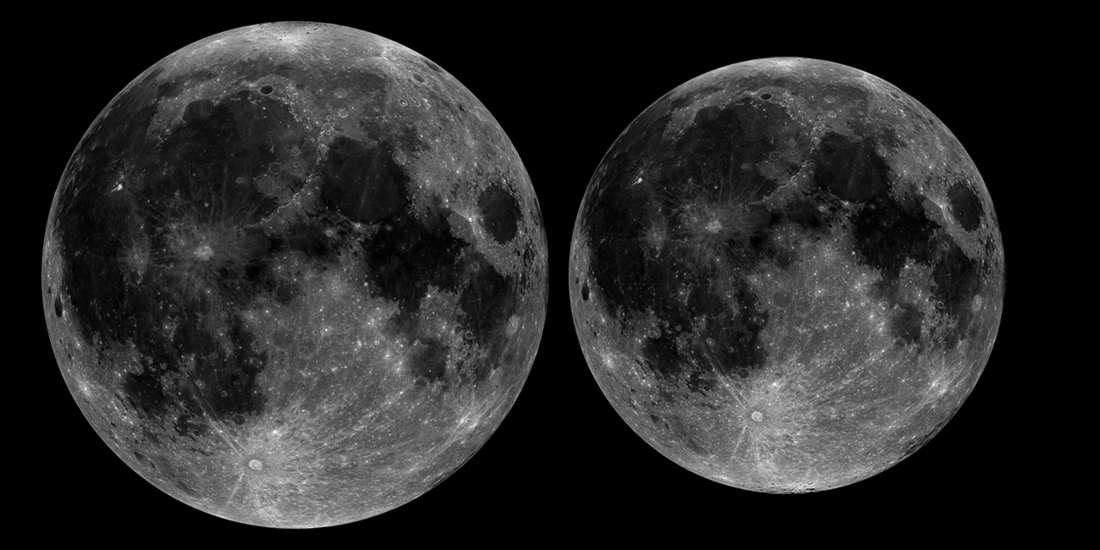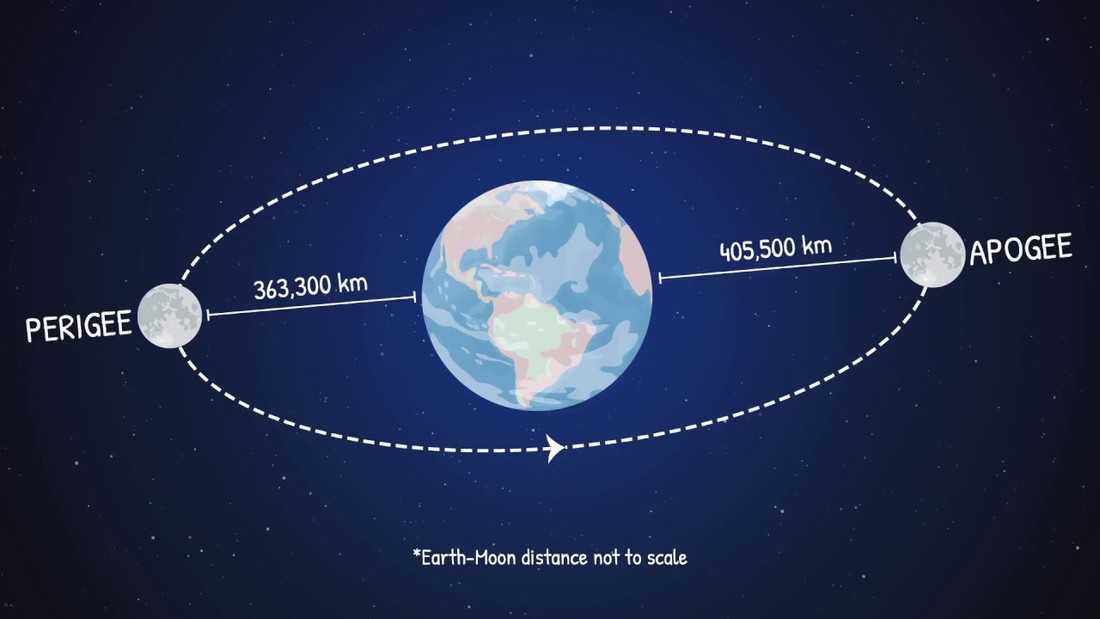
August 2023 is an exciting month for fans of Earth's only natural satellite. This month, on August 1st and August 30th, we are treated to not one but two full Moons, both of which are super Moons.
A full Moon occurs when it is daytime on the entire side of the Moon facing Earth--when the nearside of the Moon is fully illuminated. The Moon completes a full rotation on its axis every 27 days; in other words, a lunar "day" is equivalent to 27 Earth days. This is the same amount of time it takes for the Moon to complete a full orbit around the Earth, which is why we only see one face of the Moon. The phases of the Moon that we see are dictated by how much of the nearside is experiencing daytime.
Not all full Moons are created equal, however. Because the Moon's orbit around the Earth is an ellipse rather than a perfect circle, there are times when the Moon is closer to Earth. A super Moon occurs when the Moon is at its closest to Earth--its perigee. During a super Moon, the Moon can appear around 14% larger and around 30% brighter than it appears when it is at its apogee, or its furthest point from the Earth. Super Moons occur three or four times a year, one after another.


The August 30th super Moon is extra special in that it is the second full Moon in one month. This phenomenon is known as a blue Moon.
A blue Moon is not actually blue! The origin of the name is murky. Some think the phrase "once in a blue Moon" was already used to describe an extremely unlikely or absurd event (such as the Moon being blue), and it was later applied to the astronomical phenomenon. Others think there could have been an occurrence of the Moon appearing blue due to ash and smoke from a recent volcanic eruption. There are two astronomical definitions of a blue Moon--it originally meant the third full Moon in an astronomical season of four full Moons; a seasonal blue Moon. The more commonly known definition, referring to a second full Moon in a month, came later and is known as a monthly blue Moon.
Below is an LROC Narrow Angle Camera (NAC) image M1384303675R, taken during the last blue Moon on August 22nd, 2021, which was a seasonal blue Moon rather than a monthly blue Moon. The image is centered at 23.55° N, 57.71 E°, near the north edge of Mare Crisium. [NASA/GSFC/Arizona State University].
As the name would suggest, blue Moons are somewhat rare. One of either type occurs once every two or three years. Since LRO launched in 2009, there have been seven blue Moons (including this one).
For more information, check out our post on the 2018 super blue Moon eclipse!
Published by Lily Robinthal on 26 August 2023